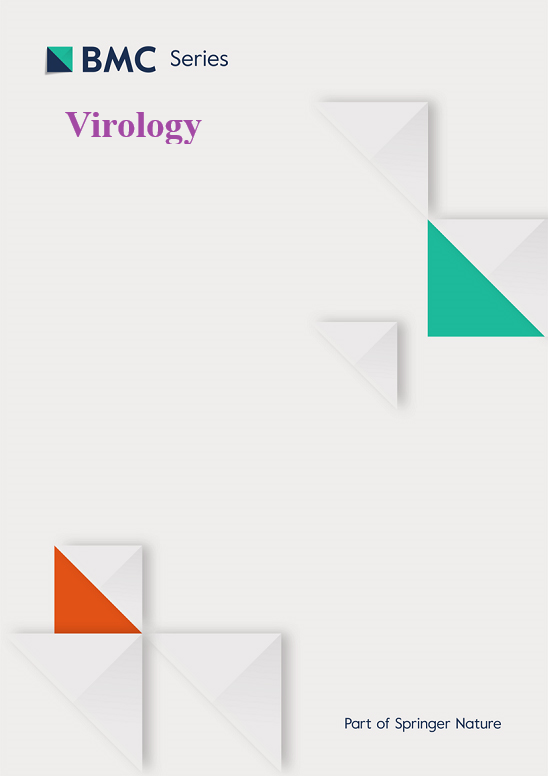慢懒猴(Nycticebus)体内一种新的内源性逆转录病毒及其在物种鉴定中的作用
IF 2.8
3区 医学
Q3 VIROLOGY
引用次数: 0
摘要
内源性逆转录病毒(ERVs)是外源性感染性逆转录病毒通过感染种系细胞整合到宿主基因组中的结果。大多数ERV研究都是在人类和其他类人猿身上进行的,在其他灵长类动物身上进行的研究可以提供独特的见解。通过筛选两种濒危慢懒猴(Nycticebus bengalensis和N. coucang)的参考基因组,在它们的基因组中发现了一个新的ERV家族(LERV1),该家族具有多个位点,由不同完整性水平的全长原病毒和许多单独的长末端重复序列(LTRs)代表。LERV1基因的系统发育分析表明,它是一种与人类基因组中最近活跃的逆转录病毒家族HERV-K最密切相关的β -逆转录病毒。LERV1只在亚洲懒猴中发现,在所有其他灵长类动物中都没有。两种懒猴LERV1位点的显著相似性表明,目前的库仓懒猴参考基因组实际上可能是两种懒猴的杂交产物,或者是来自不同种群的孟加拉懒猴作为孟加拉懒猴的参考基因组。两个参考基因组之间LERV1位点的相似性表明,这两个基因组属于同一物种,而不是像目前所标记的那样属于两个不同的物种(mtDNA系统发育分析进一步支持)。本研究强调了对隐种erv的研究可以为物种鉴定提供信息。本文章由计算机程序翻译,如有差异,请以英文原文为准。
A novel endogenous retrovirus in slow lorises (Nycticebus) and its role in species identification
Endogenous retroviruses (ERVs) are the result of an exogenous infectious retrovirus becoming integrated within the host genome through infection of germline cells. The majority of ERV research has been conducted on humans and other great apes, and research of them within other primates can provide unique insights. Screening the reference genomes of two endangered slow lorises, Nycticebus bengalensis and N. coucang, a novel ERV family (LERV1) was identified within their genomes with multiple loci represented by full length proviruses with varying levels of completeness and numerous solo LTRs (long-terminal repeats). Phylogenetic analysis of the genes of LERV1 indicates that it is a betaretrovirus most closely related to HERV-K, the most recently active retroviral family in the human genome. LERV1 is only found in Asian lorises and absent in all other primates. The remarkable similarity of the LERV1 loci between the two species of slow loris indicate that the current N. coucang reference genome may actually be a hybrid of the two species, or a N. bengalensis from a different population as the N. bengalensis reference genome. The similarity of LERV1 loci between the two reference genomes indicate that the two genomes belong to the same species rather than two distinct species, as currently labelled (further supported by mtDNA phylogenetic analysis). This study highlights that studying ERVs in cryptic species can be informative in species identification.
求助全文
通过发布文献求助,成功后即可免费获取论文全文。
去求助
来源期刊

Virology
医学-病毒学
CiteScore
6.00
自引率
0.00%
发文量
157
审稿时长
50 days
期刊介绍:
Launched in 1955, Virology is a broad and inclusive journal that welcomes submissions on all aspects of virology including plant, animal, microbial and human viruses. The journal publishes basic research as well as pre-clinical and clinical studies of vaccines, anti-viral drugs and their development, anti-viral therapies, and computational studies of virus infections. Any submission that is of broad interest to the community of virologists/vaccinologists and reporting scientifically accurate and valuable research will be considered for publication, including negative findings and multidisciplinary work.Virology is open to reviews, research manuscripts, short communication, registered reports as well as follow-up manuscripts.
 求助内容:
求助内容: 应助结果提醒方式:
应助结果提醒方式:


